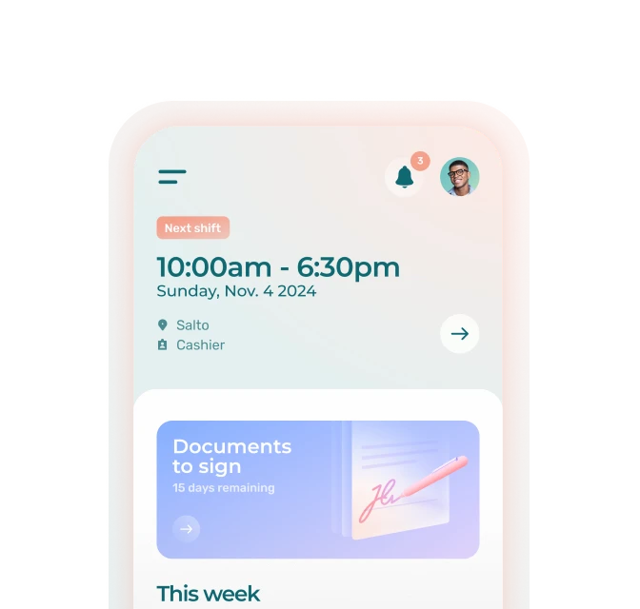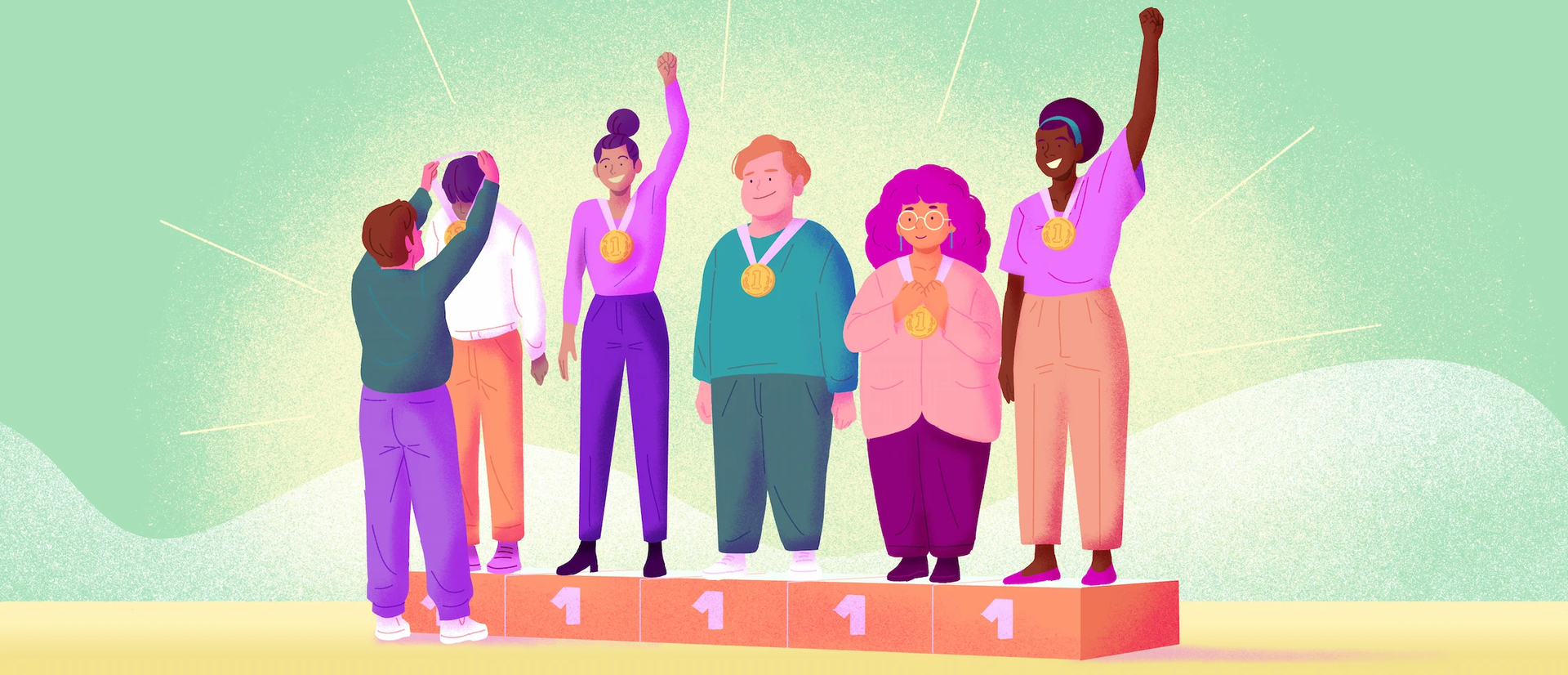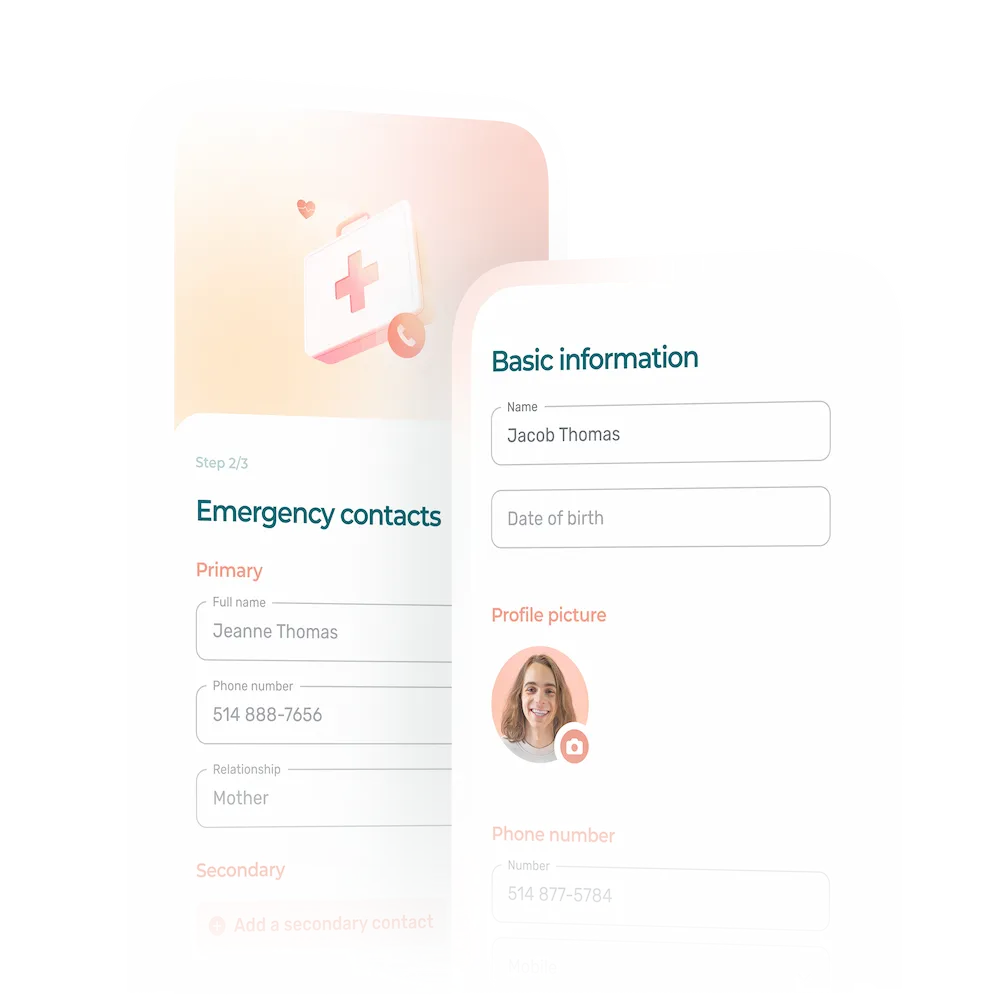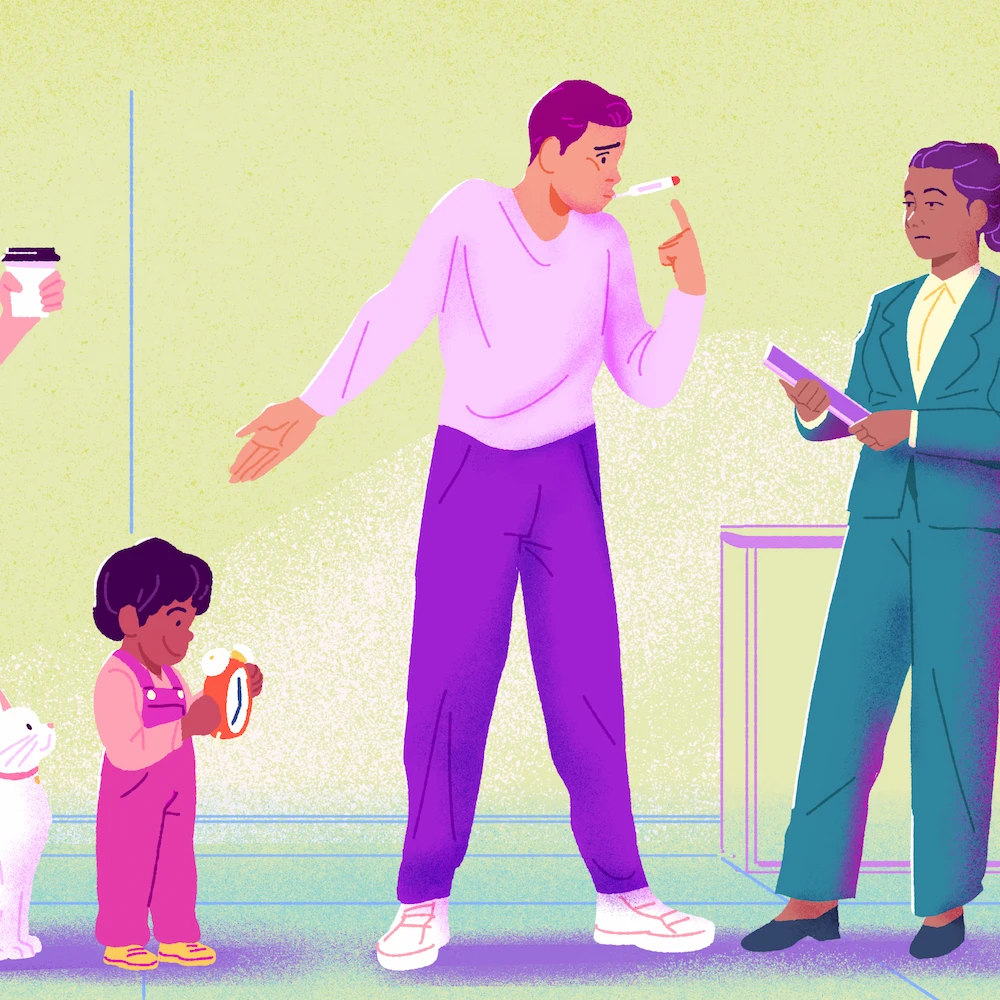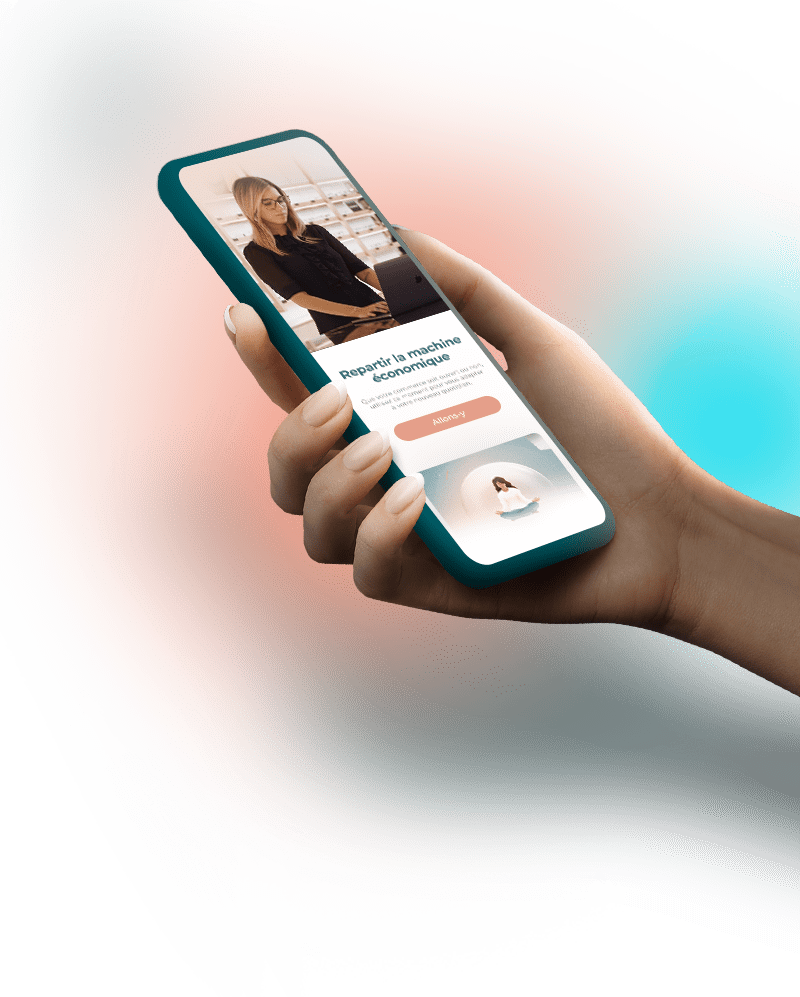Key takeaways
- Workplace favoritism happens when certain employees receive unfair advantages unrelated to their performance or contribution.
- Its impact on employee engagement is significant, lower motivation, workplace tension, higher turnover, and a toxic culture.
- Managers in industries with variable schedules such as restaurants, retail, healthcare, or construction must stay alert to bias and unfair practices.
- Implementing clear, fair, and transparent HR management practices, like rotating tasks and offering regular feedback, helps prevent favoritism and strengthen team trust.
- Workforce management tools like Agendrix support fair scheduling and communication for organizations in Quebec and across Canada.
Workplace favoritism is more common than most people think and can have devastating effects on a team, and, eventually, on an organization’s performance and long-term viability.
An american study found that 47% of employees believe their manager plays favorites. In a retail store, a senior care facility or any other organization, employees quickly notice if some always get the best shifts or enjoy unfair privileges.
Such favoritism, sometimes unconscious, comes at a high cost in terms of motivation and retention. That is why frontline workers’ managers need to understand and prevent this dynamic to foster a healthy workplace culture. Here is how.
Why Is Favoritism at Work Such a Big Issue?
✨ Quick definition: Favoritism at work means giving an employee special treatment for reasons unrelated to their performance or skills.
Managers of employees with variable schedules are especially at risk of showing favoritism, whether through shift attribution, task assignments or when giving employee recognition. The line between personal affinity and favoritism can easily blur.
While it is natural to develop personal affinities, they should never turn into favoritism in the workplace.
📌 Key takeaway: Favoritism is not just about personal preference. It is a management practice that directly undermines both motivation and retention.
How to Recognize Favoritism at Work
Practical examples:
- Unjustified promotions
- Consistenly giving the better schedules or shift choices to the same people
- Tolerating negative behavior or repeated mistakes
- Always offering training or visibility opportunities to the same individuals
💡 Good to know: Recognition at work should always be based on clear, shared and merit-based criteria.
📌 Key takeaway: If a decision cannot be justified by objective criteria, it is likely to be perceived as favoritism.
What Are the Impacts of Favoritism at Work on the Team?
1. Loss of Motivation and Engagement
When efforts are not recognized fairly, employees who are not favored may lose the drive to go the extra mile. Why invest energy if recognition is not based on merit?
Example: An employee who is always willing to cover shifts or help during peak periods notices that another, less involved colleague consistently gets the best shifts. Before long, the motivated employee reduces their effort.
2. Increased Tensions and Conflicts
Favoritism divides a team. Even without bad intentions, giving preferential treatment fuels mistrust, jealousy and frustration.
Example: In a senior care facility, if one caregiver is consistently excused from the more demanding tasks, coworkers may feel it is unfair. This can lead to gossip and create a tense atmosphere.
3. Toxic Work Environment
Unequal treatment quickly shows up in day-to-day interactions. Employees may become cynical, which often comes out as sarcastic remarks or cold communication.
Example: In a retail store, employees joke among themselves: “We already know who’s getting Saturday off…” These small comments chip away at morale and team cohesion.
4. Higher Turnover
An environment perceived as unfair drives skilled employees to look for a job elsewhere. Recruiting and training new staff is costly, especially in high-turnover industries.
Example: In a restaurant, an experienced server quits after realizing that the most lucrative shifts always go to the same people.
5. Stunted Talent Development
Favoritism holds back the growth of motivated employees. Opportunities such as training, promotions and new responsibilities are given to the same people, preventing other talent from emerging.
Example: In construction, if team leader responsibilities are consistently assigned to a foreman’s close associate, other workers may lose hope of advancing.
6. Erosion of Team Culture
A healthy team culture is built on trust, transparency and fairness. Favoritism slowly undermines this foundation until it creates an atmosphere where employees question one another’s intentions—and especially those of management.
Example: In any workplace, an employee who feels left out will be less willing to collaborate and more distrustful of their manager.
In Quebec, the CNESST reminds us that balance and fairness are at the core of every manager’s workplace obligations.
📌 Key takeaway: Favoritism acts like a silent poison. It destroys trust faster than you might think.
10 Ways to Prevent Favoritism at Work
Here are 10 effective strategies:
- Set expectations from the start. Explain your criteria for evaluation, advancement and recognition during onboarding.
- Use structured tools. Software like Agendrix helps manage schedules and time off fairly.
- Document sensitive decisions. Keep track of the reasons behind promotions, pay raises or project assignments.
- Rotate responsibilities. Alternate tasks to help each employee develop their potential.
- Ask for regular feedback. A simple anonymous survey can reveal feelings of unfairness or highlight areas for improvement.
- Be aware of your biases. Read about unconscious bias (automatic judgments based on stereotypes) or use neutral evaluation grids.
- Measure performance objectively. Base your decisions on data such as punctuality, collaboration and results.
- Address perceptions of unfairness. Unresolved perceptions can become chronic irritants. Listen, explain and adjust.
- Be transparent. In one-on-one or team meetings, explain the reasons behind your choices.
- Distribute growth opportunities fairly. Training, projects and promotions should be based on skills, not personal affinities.
💬 Learn more: Read our blog post How to Communicate Well at Work.
📌 Key takeaway: The best way to prevent favoritism is through transparent, well-documented management.
Case Study: Preventing Favoritism with Agendrix
Bar Renard in Montreal adopted Agendrix to better manage its scheduling. Before, employees felt that certain people always ended up with the best shifts. With the software, each employee now enters their availability in the app, and schedules are approved based on objective criteria.
The result: greater clarity, fewer tensions and a stronger, more united team.
What If Favoritism Comes from a Supervisor or Manager You Oversee?
Sometimes a supervisor may show biased behavior. Ignoring the situation risks fueling an unfair workplace and eroding the team’s trust.
Observe objectively
Are the same people repeatedly given privileges? Are there recurring complaints?
Address the situation directly
“I’ve noticed certain practices that could appear unfair.” Name the practice you observed, the employees who were present and the date. “Can you tell me about it?”
Highlight the consequences
Turnover, tensions, loss of credibility, damaged morale.
Propose solutions
- Clarify criteria
- Double validation of decisions
- Request team feedback
- Training on fair management practices
Plan a follow-up
After 30 days, review the adjustments made and their impact on the team.
📌 Key takeaway: Failing to act is the same as endorsing favoritism, which permanently weakens trust.
Is favoritism at work illegal in Canada?
No, favoritism itself isn’t illegal, but it goes against good management practices and fair employment principles. However, it can become unlawful if it’s based on discriminatory grounds such as gender, age, race, disability, or religion, as defined by Canadian human rights legislation.
Each province and territory in Canada has its own human rights law, for example, the Charter of Human Rights and Freedoms in Québec or the Human Rights Code in Ontario.
👉 It’s always best to check the legislation in your province or territory to understand your specific rights and protections.
What is the difference between favoritism and discrimination?
Favoritism is an unfair practice. It elevates one person over others for unmerited reasons. Also, favoritism can be a form of discrimination in the legal sense.
Discrimination takes place when employment decisions and actions result in employees with legally protected characteristics being treated differently than others. When favoritism results in denying people with these traits equal opportunities, it leads to workplace discrimination.
How to prove you are a victim of favoritism at work?
Employees who believe they are experiencing favoritism can document specific examples (unfair schedules, promotions, allowances), keep written messages and compare how they are treated with the treatment of other employees.
What should you do if you feel you are experiencing favoritism at work?
If you believe a colleague is receiving unfair preferential treatment, it is important to act constructively:
- Take a step back and observe
Document concrete examples (decisions, behaviors, advantages granted). This will help you distinguish between a simple feeling and actual favoritism.
- Discuss it directly with your manager
Present your observations calmly and factually. Avoid personal accusations and focus on how the situation may affect your motivation, performance or team morale.
- Seek support if needed
If the situation persists or you do not feel comfortable addressing it alone, seek help from:
-
- A trusted person within the organization
- Human Resources (HR), if available
- A union representative, if applicable
- Promote transparency and fairness
Suggest solutions such as clear evaluation criteria or more transparent communication processes to help improve the situation.
Which industries are most affected by favoritism?
Industries with variable schedules such as restaurants, retail, senior care and construction are especially prone to favoritism, since managing shifts and responsibilities can quickly be perceived as unfair.
How can I prevent favoritism from harming my Team?
By adopting transparent, well-documented management practices based on objective criteria. HRIS softwares like Agendrix also help reduce perceptions of unfairness.


